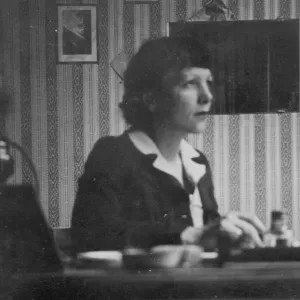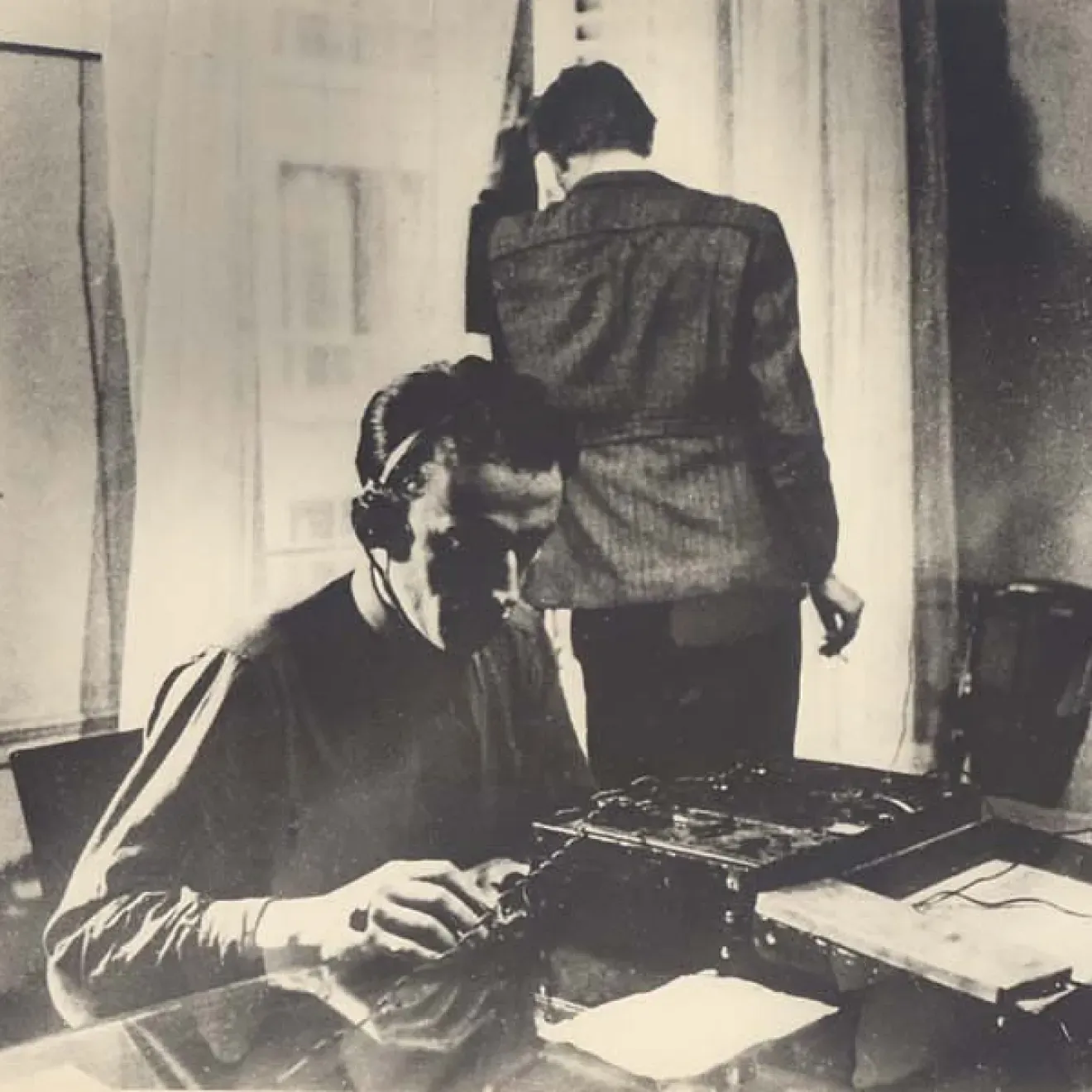The history of Orange in France is deeply intertwined with that of the Post, Telegraph and Telephone service (PTT). This legacy highlights the vital role telecommunications played—especially during World War II, when the PTT network became a key pillar of the Resistance. One of its most emblematic figures is Simone Michel-Lévy, whose courage and dedication as a member of the Resistance continue to inspire Orange today, specifically on the 80th anniversary of her disappearance on 13 April 2025.
From PTT administrator to resistance fighter: the journey of a war heroine
Born on 19 January 1906 into a family of craftsmen, Simone Michel-Lévy joined the PTT administration at just 16. Over time, she rose through the ranks to work at the telephone dispatch center on Rue de Grenelle in Paris, a critical communications hub.
As the German army advanced through Europe and invaded France, Simone Michel-Lévy couldn’t stand by. Motivated by deep patriotism and a strong sense of duty, she joined an underground network in 1940, using her technical expertise to serve the Resistance.
The PTT network: a strategic asset in the fight against occupation
By 1941, Simone Michel-Lévy was instrumental in forming the clandestine “Action PTT” network. This group used the infrastructure of the national telecommunications system to establish intelligence and communication cells throughout occupied France.
Telephone communications played a crucial role in coordinating resistance operations, maintaining contact with Allied forces, and countering enemy propaganda. The telephone exchange where Simone worked became a covert operations center at the heart of this resistance effort.
Under the code names “Françoise,” “Madame Royale,” and “Mademoiselle Flaubert,” she helped set up a network of secret drop boxes used to circulate sensitive information across occupied territories. Her technical skills were also vital in installing illegal radio transmitters that maintained a lifeline to London.
Courage in the face of brutality: arrest, deportation, and execution
Simone’s work in the Resistance lasted only a few years before she was betrayed and arrested in 1942. Despite enduring brutal torture, she never revealed any information about her fellow resistance members. Deported to the Ravensbrück concentration camp in 1943, she continued to demonstrate incredible resilience.
On 13 April 1945, Simone was transferred to Flossenbürg and executed by hanging for acts of sabotage, a heartbreaking 10 days before the camp was liberated.
Keeping Simone Michel-Lévy’s memory alive: the role of Orange and ACRO
Simone Michel-Lévy’s sacrifice, like that of so many others in the Resistance, reminds us of the high price of freedom and the importance of preserving historical memory. As the successor to the PTT, Orange continues to honor her legacy and that of all those who fought for liberty.
Not only is the street outside Orange’s headquarters named after this remarkable woman, but a commemorative plaque also stands as a tribute to her outside the building, which is located on the former PTT site.
The ACRO (Central Association of Orange Networks plays a key role in keeping this heritage alive. Made up of many former postal and telecom employees, the association is dedicated to promoting the values Simone Michel-Lévy embodied: courage, selflessness, and an unwavering commitment to justice.


